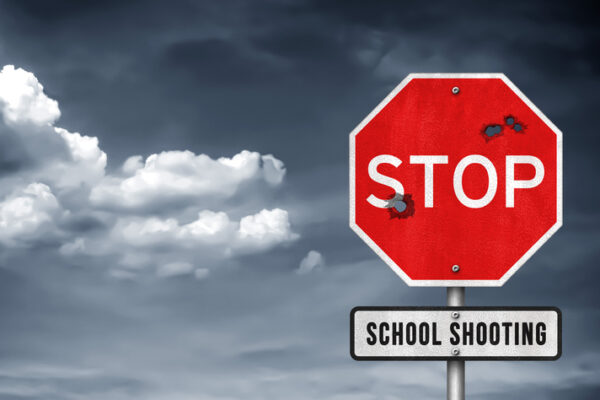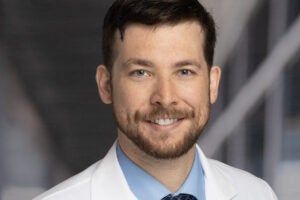Texas legislators have currently allocated $33 million in the base budget to build a behavioral health campus in Uvalde, along with $23.9 million to operate the proposed campus and $30.5 million to expand therapy services for youths and families. As they move forward to decide how best to spend these state funds, it is paramount that they elevate the voices of those most directly affected by the horrific school shooting tragedy: the local community.
Most importantly, the voices of the people of Uvalde must be heard in a way that values, respects and supports their culture and healing. It has been lackluster at best. If we don’t do a better job, we risk imposing top-down solutions on people who have already had too little of a voice, compounding the trauma we wish to heal.
Despite the influx of funding and attention given to the community of Uvalde, there has not been a consistent effort to engage with the community to listen to people’s feedback, guidance and recommendations on what they see as their most pressing needs.
A recent study of school shootings in Texas – 33 from 1995 to 2016 – found that these tragedies have lasting impacts on students. Those exposed to a shooting had higher levels of chronic absenteeism, were more likely to be held back a grade, and were less likely to graduate high school or go to college. The study authors estimate each student exposed to a shooting could expect to earn $115,550 less over the course of their lifetime. These findings represent the enormity of what we’re facing but also the tremendous opportunity at hand in Uvalde.
The recently published Uvalde Region Mental Health Needs Assessment 2022 offers recommendations for addressing the mental health needs of the community. But what is missing is more community input.
Institutional knowledge is essential to mental health systems reform. Judges, city council members, service providers and other local leaders play important gatekeeping roles that make them invaluable to the cause. However, we should elevate the expertise of the families, teachers and caregivers who lived through the painful experience. These are the people who see how Uvalde youths and children are grieving and healing.
Achieving that laudable goal will mean working alongside individuals and community groups at every step of the process, from planning to implementation. It will mean communicating and coordinating the efforts of all involved. Most importantly, it will mean recognizing community members as the essential stakeholders that they are.
There are models on how to do this in Texas. A recent Texas A&M University School of Public Health health assessment relied heavily on community discussion groups composed of people from different walks of life. A key objective of these groups was to maximize participation by minimizing the effects of unequal status or power within the groups. A Brownsville community assessment achieved something similar. To gain broad community support for telehealth in Brownsville, researchers opted for a community-based participatory process that brought local knowledge together with trained experts.
In communities across Texas, we have seen that this coordinated, collaborative approach is not only possible, it is powerful. It is also cost-effective. We all care deeply about the people of Uvalde. We want to help them heal. Moving forward, we need to broaden the scope of evaluating and supporting their mental health by centering their voices. We must ask them what they need. And we must listen.
Octavio N. Martinez, Jr. is executive director of the Hogg Foundation for Mental Health and senior associate vice president for diversity and community engagement at The University of Texas at Austin.
A version of this op-ed appeared in the Dallas Morning News.




